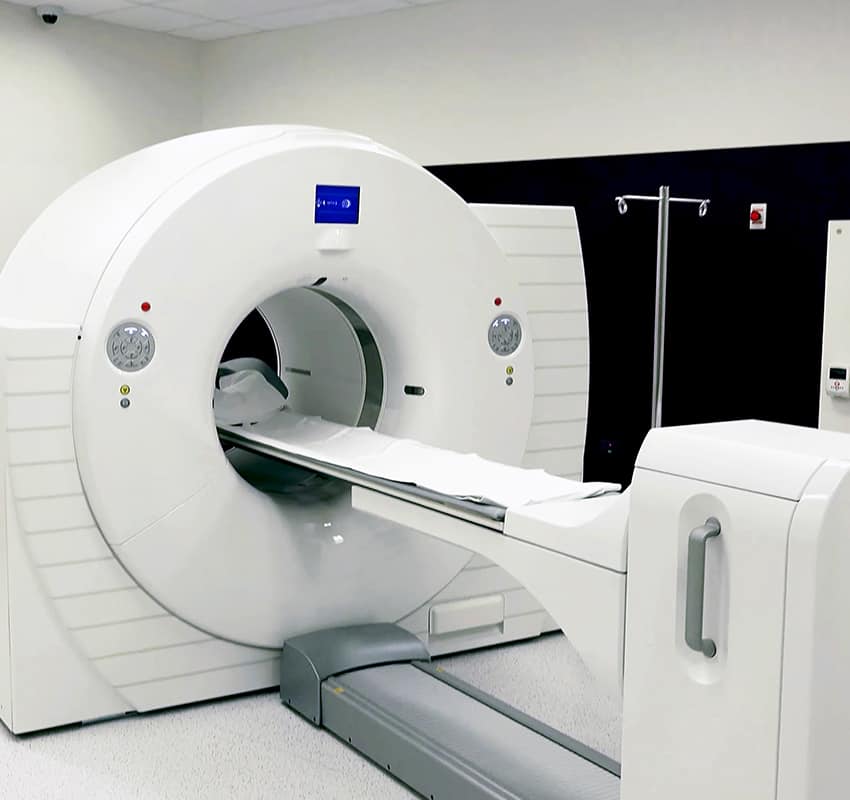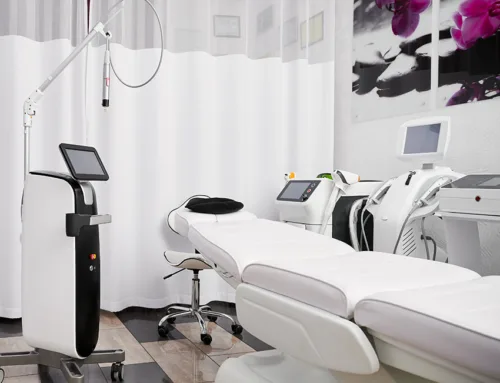Medical Marketing
It’s true that patients in the healthcare system have more options available to them than before. In the age of the internet, information is freely available and consumers are able to make more informed decisions about their health needs and what medical products they want to buy, as well as the doctors and specialists they choose to visit.
Medical advertisers have been able to take advantage of the fact that more patients are online and doing their own research. In this quick guide, we’ll break down our top tips and tricks for building an effective and conversion-friendly medical marketing strategy for online advertising.
1. Always include a local search engine optimization strategy.
This is a big one. Medical marketing involves connecting with patients on a geographically local level. A patient will not be interested in connecting with a new doctor or specialist that lives on the other side of the country, but there is a very good chance that there is a substantial target market within the town where a particular doctor practices. Target specific locations with your search engine optimization strategy to ensure your banner ads and sponsored listings appear under the right keywords. Just as well, be sure to include a locations page on your brand’s website.
2. Use content marketing.
Along with advertising, it would be wise to draft some relevant and useful content for your brand. As we mentioned previously, people are taking control of their individual health by researching doctors, practices, illnesses, and treatments online, rather than simply doing what the first doctor they meet with tells them. Your brand could be creating this content for their with your unique expertise. For example, let’s say you’re a physician who specializes in treatment for diabetes. You could create blog posts and articles that break down what diabetes is, the differences between type I and type II, new treatments that have passed the FDA, etc. Better yet, these chunks of content can be linked to your banner, video, and native ads.
3. Always use consistent branding.
Healthcare professionals might feel confident in their unique expertise, but a patient realistically won’t see any major differences between one doctor and another. This is why branding is so important when marketing a specific practice, clinic, or healthcare professional. What’s unique about their network? Do they treat their patients respectfully? Are they known for having an office that is kid-friendly? Or perhaps their practice feels more like a fancy spa than a sterile, cold clinic. Chances are, there is at least one thing that really sets a physician apart from the rest– find what that thing is and use it in your branding consistently.
4. Do your best to generate patient reviews.
Patients are now taking to review aggregate sites like Google and Yelp to air their grievances and satisfaction with different physicians. Any doctor knows that a bad review can be a big deal, as this will affect the likelihood of receiving new patients. It’s very important to ensure that your reviews are at their best to improve your marketing effectiveness. Send an email to each patient after seeing them asking for a review or rating. Make it worth their while and add some kind of incentive, like a certain percentage off of their next office visit. This can easily be automated and the results could really turn your Google My Business page around.
5. Make a website that is responsive and easy to read.
If you’re involved in advertising, you know very well that targeted ads are a major way to connect with viewers. By placing relevant ads on, say, a blog about a particular disease or a list of ways to find the best doctor, you’re finding your target audience exactly where they are and when they need you. Along with this, it’s important to build a responsive website full of landing pages that will benefit viewers once they click on your ad. Ensure that the content on that website is relevant and helpful. More patients are doing research online via their smart devices than ever before, so it’s also vital that the website is optimized for mobile.









